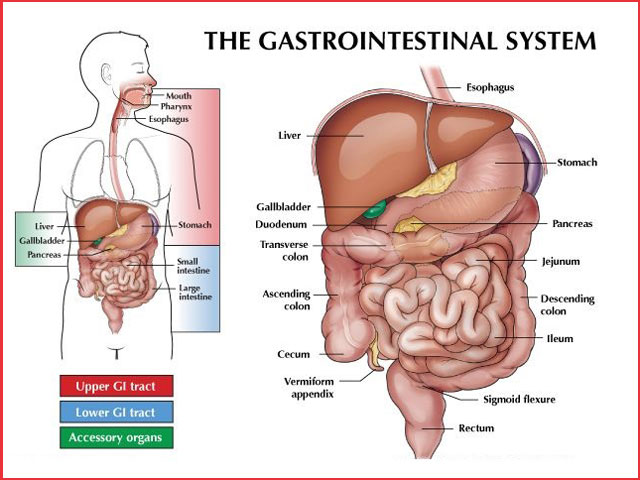
Dr Deepti Vishwanathan is one of the best Gastroenterologist in Navi Mumbai and has an experience of over 8 years. She is professionally acclaimed in the diagnosis and treatment of various gastrointestinal and liver disorders. She is well trained in the performance of diagnostic and therapeutic endoscopies that include OGDscopy, colonoscopy and ERCP.

Foreign Body Removal refers to the retrieval of foreign objects that have been introduced into the body, sometimes by accident. Foreign substances can be introduced into various parts of the body including ear, eye, nose, finger, leg, foot, stomach, skin, breathing tract (airway) and more. The technique used to remove the substance depends on what the substance is, and where it is located in the body. Foreign bodies may be present if something has been ingested or inserted by the patient or by someone else. They can occur due to an accident. In some cases, ingested objects can pass through the digestive tract naturally and without complications, but some patients may need assistance to remove the foreign body. Foreign bodies may also need to be removed by an emergency room physician if they are causing pain, or are in the eye or skin.
Inhaled Foreign Bodies
Children are especially susceptible to inhaled foreign bodies because they explore their environment with their mouths. This can block the airways and cause choking. Common inhaled foreign bodies include peanuts, popcorn, grapes, and hot dogs, as well as small toys that young children may put in their mouths. Latex balloons are also dangerous when inhaled because they can completely block the airway, which makes them very difficult to remove without a medical doctor’s assistance. Some inhaled foreign bodies can be removed through the Heimlich maneuver, while others require the assistance of a medical professional.
Foreign Bodies in the Alimentary Tract
Objects that are swallowed or inserted through the rectum may enter the alimentary tract, which is the passage between the mouth and the anus. Some items are small enough that the body will expel them naturally, but others are large enough that they may cause intestinal blockage. An x-ray or CT scan may be required to determine the exact location and movement of the foreign body, which will help doctors determine whether they need to surgically remove the object. If the item is small but potentially harmful, such as a button, battery or a magnet, doctors may decide to remove the foreign body before it causes damage.
Foreign Bodies in the Skin
Foreign bodies may enter the skin through normal contact or by accident. Splinters are common foreign bodies, but they typically do not require medical assistance unless the wound has become infected. In that case, it may result in splint emergency. Foreign bodies may be present in a wound after a car accident, explosion, or other injury, and they may require medical attention in order to prevent infection.
Airborne Particles
Particles in the air, such as pollen and dust, may enter the airway or eyes. These may trigger an allergic reaction, but they are not usually a medical emergency.
 Dr Deepti Vishwanathan
Dr Deepti Vishwanathan